In recent years, Delay- and Disruption-tolerant Networking (DTN) has gained significant relevance, particularly in space missions and communication infrastructures. To showcase the full potential of DTN and endorse this network architecture for future missions, NASA, ESA, and D3TN designed an experiment together, featuring the CubeSat “Lunar IceCube”. This CubeSat, developed by Morehead State University and launched during NASA’s Artemis-1 mission in November 2022, was originally intended to orbit the moon at a low altitude, seeking water, ice, and other resources on the Lunar surface. Initially, the experiment required establishing communication with the Lunar IceCube, but unfortunately, no communication could be achieved after its launch. Consequently, in the DTN demonstration, we resorted to emulating the Lunar IceCube satellite by replaying pre-recorded spacecraft data using a generic spacecraft simulator at Estrack’s Kourou ground station.
This experiment showcased interoperability among four different BP implementations operated by different entities: Lunar IceCube using NASA’s bplib, ESA DTN Nodes running the DTN Assembly with ESA’s Java implementation, NASA JPL and Morehead State University nodes running NASA ION, and lastly, us – D3TN – with our own μD3TN implementation.
The simulated scenario involved a series of steps, as illustrated in the figure below:
- Lunar IceCube downlinks bundles in CCSDS Space Packets and AOS frames to the ESA Kourou station. (This step was emulated by replaying previously recorded Lunar IceCube AOS frames with a generic spacecraft simulator.)
- ESA’s Kourou station decodes the frames and forwards them via Space Link Extension services to the operational DTN node at ESOC.
- At ESOC, bundles are extracted from Space Packets and forwarded to NASA DTN nodes via the TCP Convergence Layer.
- The NASA node also generates Aggregate Custody Signals (ACS), a function not supported by the ESA node. These signals are forwarded to a Morehead State DTN node, along with the received bundles.
- The received bundles at Morehead State are processed, and extracted information is forwarded back to ESA.
- ESA, in turn, forwards this data through a second ESA node in a Demilitarized Zone (DMZ) to us, D3TN. (The initial intention was to provide the data using a web interface, enabling other companies to conveniently query the data through this interface. This could serve purposes like constructing machine learning applications. Although in the simulated experiment we merely stored the data, we still plan to test the public interface in future experiments.)
We are thankful to have been part of this important demonstration! The collaborative efforts between different entities, each operating distinct implementations, have showcased the potential and feasibility of applying the DTN architecture in complex scenarios. This has also propelled the compatibility among various DTN protocol implementations. As we move forward, the invaluable insights gained from this experiment will hopefully contribute to enhancing the efficiency and reliability of space missions and communication networks.
Also read ESA’s article here to gain even more insights!



